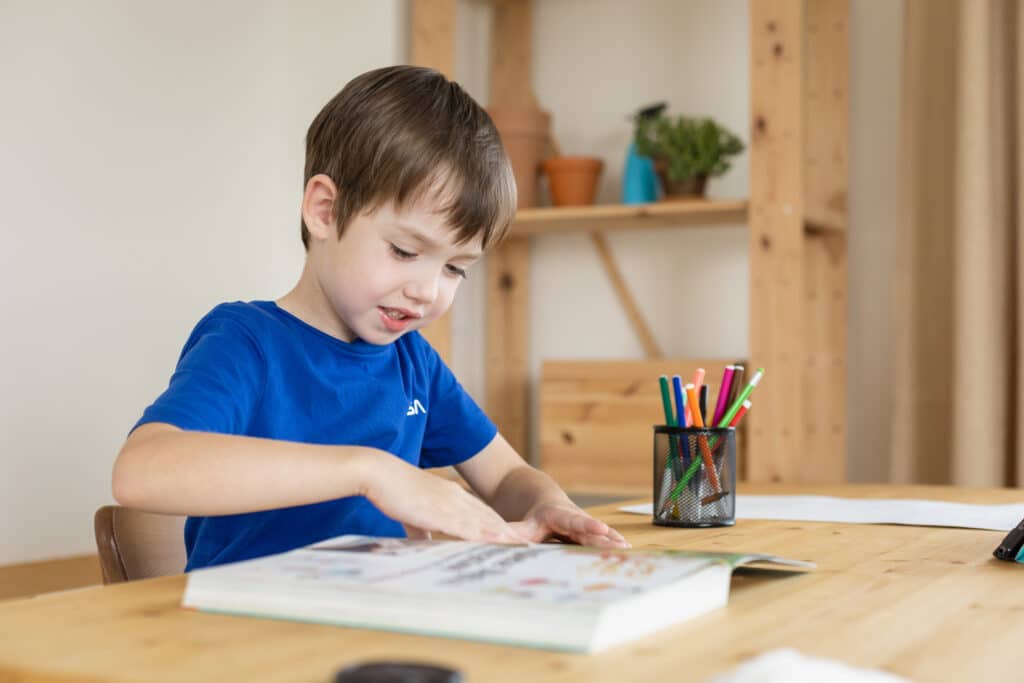
Childhood is a time of exploration, learning, and unbridled imagination. Yet, for some, it can also be a time of turmoil, uncertainty, and confusion, particularly when they are grappling with difficult emotions or experiences. This is where play therapy, a specialized form of psychotherapy, becomes a powerful tool in helping children overcome challenges. Unlike traditional ‘talk’ therapy, play therapy harnesses the natural language of children: play. In this blog post, let’s explore the four key stages of play therapy, a therapeutic journey that empowers young patients to heal and grow.
Stage 1: The Therapeutic Relationship
At the heart of play therapy is a safe, trusting, and empathetic relationship between the therapist and the child. During the first stage of therapy, the therapist focuses on building this connection, often through non-directive play. The child is provided with a variety of toys – from building blocks to art supplies – and encouraged to play without instruction. This unstructured playtime allows the child to lead the way, expressing themselves without the pressure of direct conversation. Gradually, the child begins to see the therapist as a supportive figure, someone they can trust.
The toys and play materials aren’t just random items; they’re carefully chosen to offer a symbolic representation of the child’s world. It’s through these open-ended sessions that the child’s inner world begins to take shape. The therapist observes and interacts with the child at a pace that feels comfortable, laying the foundation for the deeper work ahead.
Stage 2: Discharging Emotions through Play
In the second stage, the focus shifts to helping the child identify and manage their emotions. Often, children struggle to express complex feelings through words, resorting to behavioral outbursts or withdrawing instead. Play therapy facilitates the channeling of these emotions through more sensory and symbolic ways.
The playroom becomes the child’s canvas, where they can express a range of feelings through various mediums. For instance, a child might vigorously paint to release anger or build a tower of blocks only to knock it down, representing a sense of loss or lack of control. This cathartic play helps children ‘discharge’ pent-up emotions in a safe and contained environment, preventing them from becoming further distressing issues to manage. The therapist supports this process by recognizing and labeling the child’s emotions and experiences, helping them explore these in a manageable way.
Stage 3: Developing Coping Strategies
Once the child has started to voice and make sense of their feelings through play, the next step is to equip them with the tools to cope. This stage involves more structured play activities. The child and therapist might engage in games with rules, problem-solving scenarios, or storytelling exercises. The goal is to teach the child to ‘play’ with their problems and learn new ways of dealing with challenges constructively.
This context of play helps the child to develop adaptive and resilient strategies. For instance, a child experiencing anxiety might learn deep breathing techniques to manage stress, while a child dealing with social difficulties could practice interactions using puppets. The emphasis is not on erasing the challenges but on empowering the child to face and work through them.
Stage 4: Integration and Consolidation
The final stage of play therapy centers on integrating the coping skills learned in the previous sessions into the child’s daily life. Through discussions and reflective play, the therapist and child collaboratively examine how the new strategies are working. The therapist supports the child in identifying real-life situations where they can apply their skills and reinforces positive behaviors.
An important aspect of this stage is also highlighting the child’s strengths and successes. Celebrating progress, no matter how small, is critical in building the child’s confidence and self-esteem. As the child prepares to transition from therapy, the focus now is on maintaining the gains achieved throughout the process.
In summation, play therapy is not just about play; it’s a structured process designed to help children heal and grow. It provides a safe space for young clients to express and manage their emotions, learn new ways of coping, and ultimately, to integrate these skills into their daily lives. With the gentle guidance of a skilled therapist in Kitchener Waterloo at CARESPACE, children can transform their inner struggles into strengths, setting the stage for a brighter, more resilient future.




